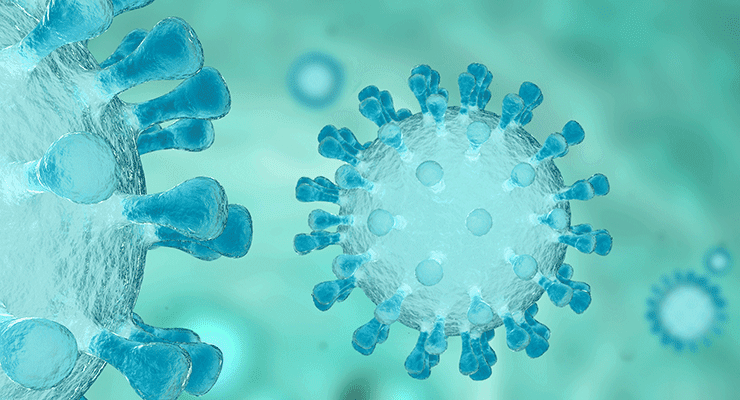The federal government has awarded a patent to the Translational Genomics Research Institute (TGen) and Northern Arizona University (NAU) for a test that can detect — and assist in the treatment of — the H1N1 pandemic flu strain.
TGen and NAU initially developed the genomics-based test during a significant global swine flu outbreak in 2009.
The newly-patented test, developed at TGen’s Pathogen Genomics Division TGen North in Flagstaff, can not only detect influenza — as some tests do now — but also can quickly inform doctors about what strain of flu it is, and whether it is resistant to oseltamivir (sold by Roche under the brand name Tamiflu), the primary anti-viral drug on the market to treat H1N1.
As with other influenza strains, H1N1 flu can over time be expected to show signs of resistance to oseltamivir, and new treatments will be needed to respond to future pandemics.
“The problem with influenza is that it can become resistant to the antiviral drugs that are out there,” said Dr. Paul Keim, Director of TGen North, a Regents Professor of Biology at NAU and one of the test’s inventors. “Because it is a virus, it easily mutates and becomes resistant.”
David Engelthaler, Director of Programs and Operations for TGen North and another of the test’s inventors, said this flu detection and susceptibility test uses a molecular technique that rapidly makes exact copies of specific components of H1N1’s genetic material.
“Many people, including physicians, don’t realize that the pandemic swine flu strain from 2009 is still the most important flu strain out there. This assay is very effective with detecting and characterizing this dominant strain in the U.S. and around the world,” said Engelthaler, the former State Epidemiologist for Arizona, and former State of Arizona Biodefense Coordinator.
The third inventor of the test is TGen North Lab Manager Elizabeth Driebe.
Previously, only the U.S. Centers for Disease Control Prevention (CDC) and a few select labs could look for resistance, using time-intensive technology.
“This new test puts the power in the hands of the clinician to determine if their drugs will work or not. This is really important moving forward as we discover new strains that are resistant to antivirals,” Engelthaler said.
The World Health Organization (WHO) has identified dozens of instances in which H1N1 was resistant to Tamiflu.
At most doctors’ offices, there is no readily available test for H1N1. Such tests generally are conducted by state and federal health agencies, and usually for those patients who require hospitalization and appear at high risk because they have a suppressed immune system or they have a chronic disease.
“Our test measures minute amounts of virus and minute changes to the virus. Not only does it detect when resistance is occurring, but it also detects it at the earliest onset possible,” Engelthaler said.
This new patent — No. US 8,808,993 B2, issued Aug. 19 by the U.S. Patent and Trademark Office — could be licensed for development of test kits or for development of a testing service.
Earlier this year, TGen-NAU celebrated its first joint patent for a genomics-based test that can identify most of the world’s fungal infections that threaten human health.


